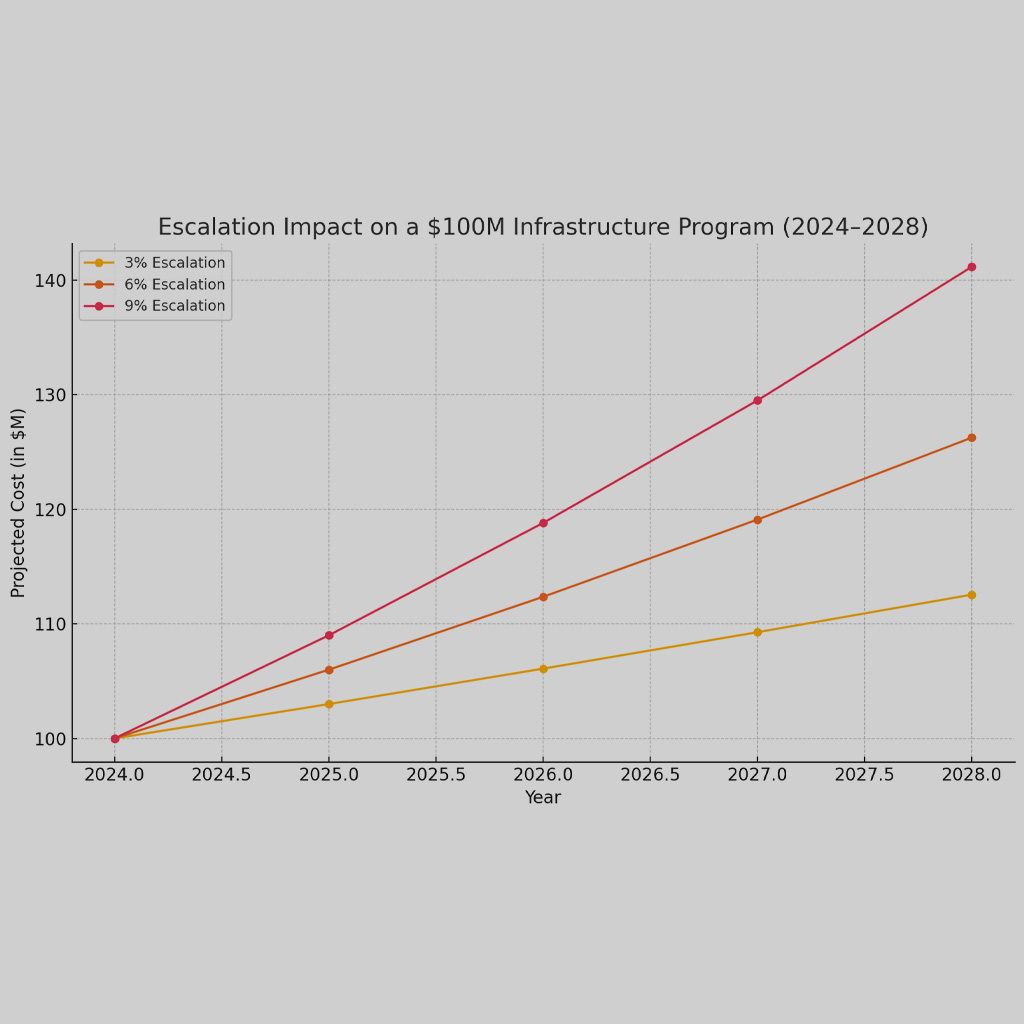“The time to repair the roof is when the sun is shining.” -John F. Kennedy
Baltimore Bridge Rebuild: A Catalyst for Rethinking Infrastructure
In June 2024, a sudden disaster struck Baltimore when a critical bridge collapsed, forcing an immediate and comprehensive response to rebuild. This incident not only spotlighted the fragility of aging infrastructure but also accelerated the processes that states and cities across the country have been slowly implementing to address these urgent needs. The Baltimore bridge rebuild has thus become a case study in how to effectively manage and expedite infrastructure projects, offering several valuable lessons and opportunities for improvement.
Lessons Learned from the Baltimore Bridge Collapse
- Rapid Response and Coordination The collapse necessitated an immediate response involving federal, state, and local agencies. This coordination exemplifies the need for a well-prepared disaster response framework that can be quickly mobilized. Cities can learn from Baltimore’s example by establishing preemptive partnerships and streamlined communication channels to ensure rapid action during emergencies.
- Accelerated Decision-Making Traditional bureaucratic processes often delay infrastructure projects. In Baltimore, expedited decision-making was crucial. This approach can be adopted more broadly by empowering local governments with the authority to make quick decisions in times of crisis, bypassing some of the usual red tape while maintaining accountability and transparency.
- Innovative Funding Mechanisms The Baltimore project leveraged various funding sources, including federal emergency funds, state budgets, and public-private partnerships. This multifaceted approach to funding can serve as a model for other cities. Diversifying funding sources not only speeds up the project initiation but also ensures financial resilience against unforeseen circumstances.
- Community Engagement Engaging the local community was a significant part of the rebuilding process. Keeping residents informed and involved helped in managing expectations and gaining public support. Infrastructure projects elsewhere can benefit from robust community engagement strategies, fostering a sense of ownership and cooperation among local populations.
Ideas for Future Infrastructure Projects
- Proactive Maintenance and Upgrades Preventative maintenance is far less costly than emergency repairs. Governments should prioritize regular inspections and upgrades of existing infrastructure to identify and address vulnerabilities before they result in catastrophic failures. Allocating dedicated funds for maintenance can prevent the need for rushed, reactive measures.
- Smart Infrastructure Technologies Incorporating smart technologies in infrastructure can enhance monitoring and maintenance. Sensors and IoT devices can provide real-time data on the condition of bridges, roads, and other structures, enabling preemptive repairs and reducing the likelihood of sudden failures.
- Resilience and Sustainability Building resilient and sustainable infrastructure is essential in the face of climate change and increasing urbanization. Projects should integrate environmentally friendly materials and designs that can withstand extreme weather events, thereby ensuring long-term durability and reduced environmental impact.
- Streamlined Regulatory Processes Revisiting and revising regulatory frameworks to streamline approval processes without compromising safety and quality standards can significantly speed up project timelines. Adopting a more flexible and adaptive regulatory approach can help in addressing urgent infrastructure needs more efficiently.
- Public-Private Partnerships Leveraging the resources and expertise of the private sector through public-private partnerships can provide additional funding and innovation. These partnerships can lead to more efficient project delivery and management, benefiting from the agility and experience of private enterprises.
Conclusion
The Baltimore bridge collapse, while a tragic event, has provided an accelerated learning opportunity for infrastructure management in the United States. By analyzing the response and implementing the lessons learned, cities and states can enhance their infrastructure resilience and efficiency. Proactive maintenance, smart technologies, sustainable designs, streamlined regulations, and effective public-private partnerships are pivotal in addressing the nation’s infrastructure needs. As we move forward, these strategies can help build a more robust and reliable infrastructure network, preventing future disasters and ensuring public safety and economic stability.
At Front Line Advisory Group, we manage Capital Improvement programs to ensure they are completed on time and within budget. We make sure every dollar is used wisely to improve our community. For more information or to start your project, contact us at info@frontlineadvisorygroup.com.
$2 billion Baltimore bridge rebuild is test case for new national debate over infrastructure spending













